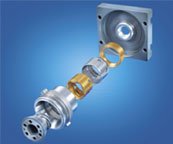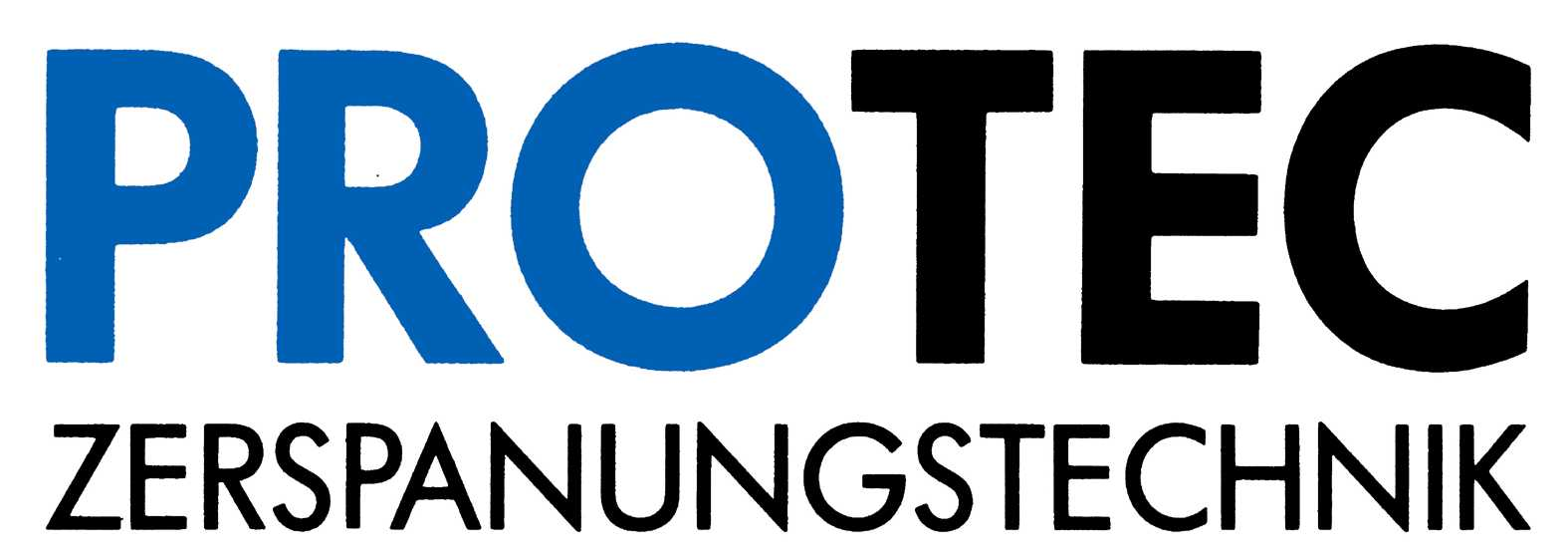Finest machining of product components
PROTEC GMBH Zerspanungstechnik
77716-D Haslach im Kinzigtal
12 Schleifmattstr.
+49 7832 7090
+49 7832 70950
Finest machining of product components
Anfrage an Anbieter senden
-
Material Selection:
- Choose materials with excellent machinability, and that meet the specific requirements of the product. Common materials include alloys of steel, aluminum, titanium, and engineering plastics.
-
Tool Selection:
- Utilize high-quality cutting tools with the appropriate geometry and coatings for the chosen material. Consider advanced tool materials such as carbide or ceramics for extended tool life.
-
CNC Machining:
- Employ CNC machining processes such as milling, turning, and grinding for precise and repeatable results. CNC machines offer the ability to program intricate toolpaths and achieve tight tolerances.
-
Tolerances and Surface Finish:
- Pay meticulous attention to specified tolerances and surface finish requirements. Adjust cutting parameters, tooling, and machining strategies to meet or exceed these specifications.
-
Toolpath Optimization:
- Optimize toolpaths to minimize tool changes, reduce cycle times, and achieve a high-quality surface finish. Efficient programming and toolpath strategies contribute to the overall precision of the machining process.
-
Coolant and Lubrication:
- Implement effective coolant and lubrication systems to control heat, reduce friction, and extend tool life. Maintaining a stable temperature is crucial for achieving consistent and precise machining results.
-
Workholding Solutions:
- Use advanced workholding solutions such as custom fixtures, precision vises, and vacuum systems to securely hold components during machining. Minimize vibration and ensure stability to enhance accuracy.
-
Quality Control:
- Establish a rigorous quality control process with the use of precision measuring instruments. Implement in-process inspections and final inspections to verify critical dimensions and tolerances.
-
Advanced Machining Techniques:
- Explore advanced machining techniques such as high-speed machining, multi-axis machining, and precision grinding to enhance precision and surface finish.
-
Micro-Machining for Small Components:
- For small and intricate components, consider micro-machining techniques that involve specialized tools and machining strategies designed for very fine details and small features.
-
Post-Machining Processes:
- Consider post-machining processes, such as honing, lapping, or polishing, to further refine surface finishes and achieve the desired level of precision.
-
Prototyping and Testing:
- Develop prototypes to validate machining processes before full-scale production. Conduct testing to ensure that components meet performance requirements.
-
Documentation and Traceability:
- Maintain comprehensive documentation for each component, including material certifications, inspection reports, and machining parameters. Establish traceability to track the manufacturing history of each piece.
-
Lean Manufacturing Principles:
- Implement lean manufacturing principles to optimize production efficiency, minimize waste, and reduce lead times. Continuous improvement methodologies can enhance overall machining processes.
-
Safety Precautions:
- Adhere to safety guidelines and provide proper training to operators and personnel involved in the machining process. Use personal protective equipment (PPE) as necessary.
Turning
Gridding
Milling



